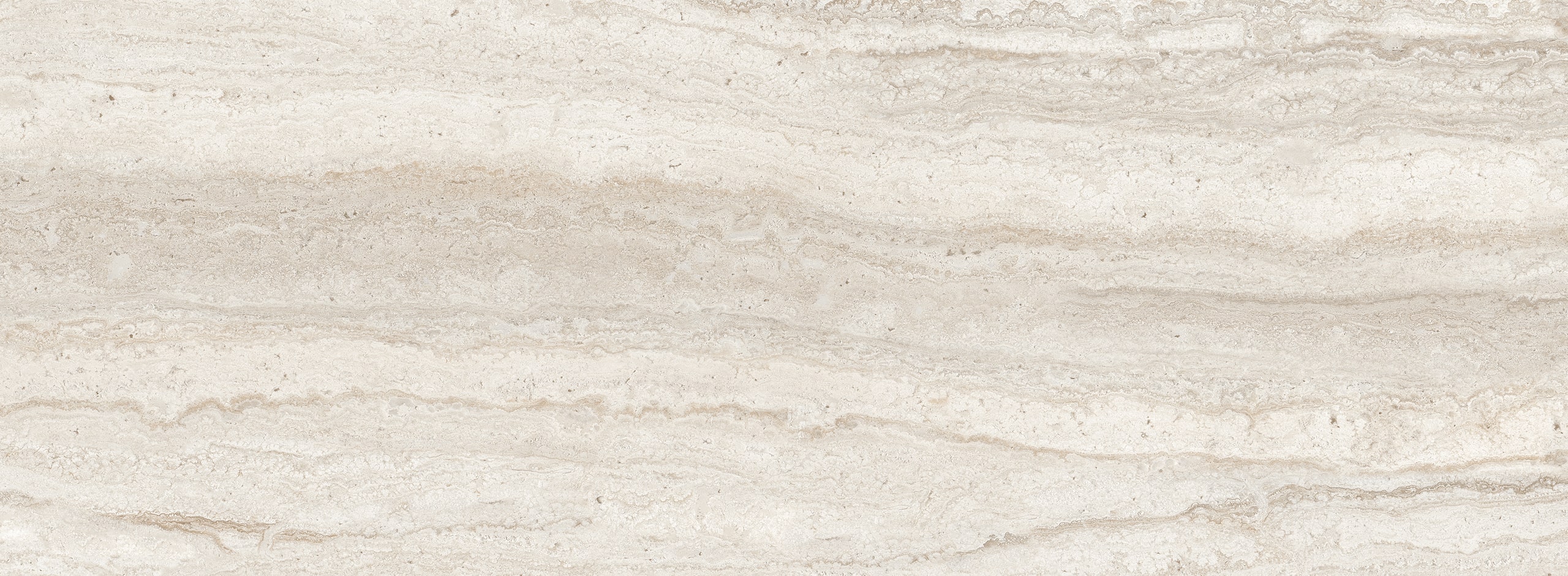What Is Contact Dermatitis?
Contact dermatitis manifests as an inflammatory response when skin comes into direct contact with substances that either irritate or trigger allergic reactions. This common condition affects millions of people and can range from mild irritation to severe, blistering reactions that interfere with daily activities. If you’re experiencing persistent red, itchy, or inflamed skin that seems related to contact with specific products or materials, contact dermatitis may be the underlying cause.
There are two primary types of contact dermatitis, each with distinct characteristics and treatment approaches. Understanding which type you have is crucial for effective management and prevention of future outbreaks.
The two main types include:
- Irritant Contact Dermatitis (80% of cases): Direct damage to skin cells from harsh substances like chemicals, soaps, or excessive washing
- Allergic Contact Dermatitis (20% of cases): Immune system reaction to specific allergens, typically appearing 24-48 hours after exposure
- Photocontact Dermatitis: Special type requiring both chemical exposure and sunlight activation
Common symptoms include redness, itching, burning, swelling, blistering, and, in chronic cases, thickening or scaling of the skin. The pattern and location of the rash often provide important clues about the triggering substance.




















